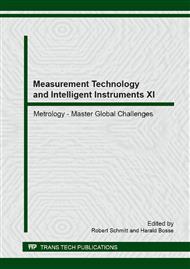p.417
p.428
p.440
p.446
p.453
p.463
p.468
p.474
p.482
Measuring Social Progress: Indicators of Vertical Growth
Abstract:
Out of various standpoints concerning social development, systemic-informational approach should be singled out, because it is common both for physical world and mental one. One of its partial models deals with the so-called vertical dimension responding to progressive way from Low to High, i.e., increasing energy (in physical systems), more noble behavior (in psychology), perfect works of art, etc. The criterion of the Height of the state of any system (or its element) is entropy. The equation for mutual information between the system and its environment consists of a sum of three free items, optimization of each of them being capable of deducing indicators of vertical growth. A set of 16 groups of indicators gives an opportunity to identify the direction and to measure the rate of the movement of the social system studied, in any given moment toward either High pole or Low one. In application to Russia, evidences were obtained in favor of rather regressive trajectory of its social system during last two decades.
Info:
Periodical:
Pages:
474-481
Citation:
Online since:
May 2014
Authors:
Keywords:
Price:
Сopyright:
© 2014 Trans Tech Publications Ltd. All Rights Reserved
Share:
Citation:


